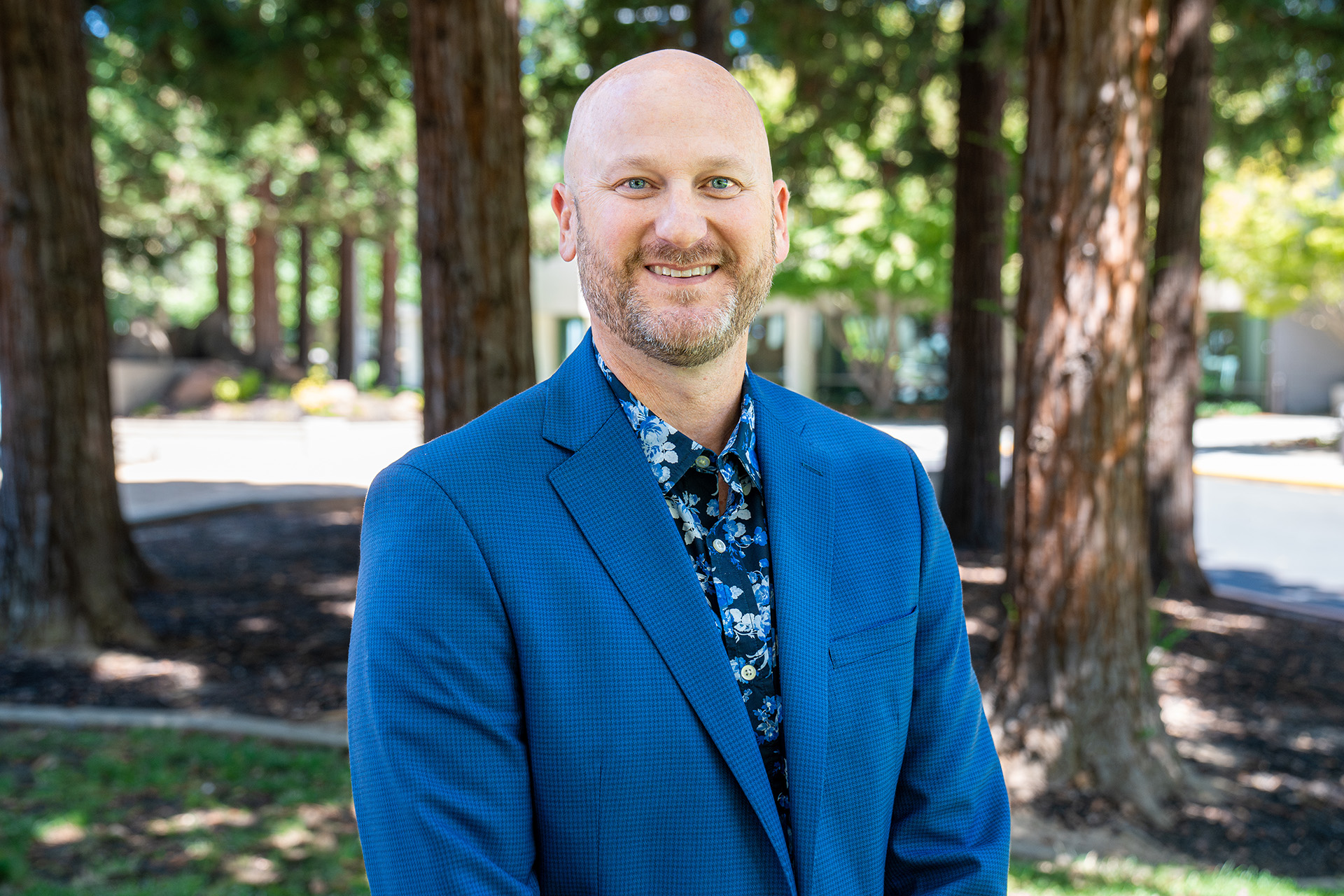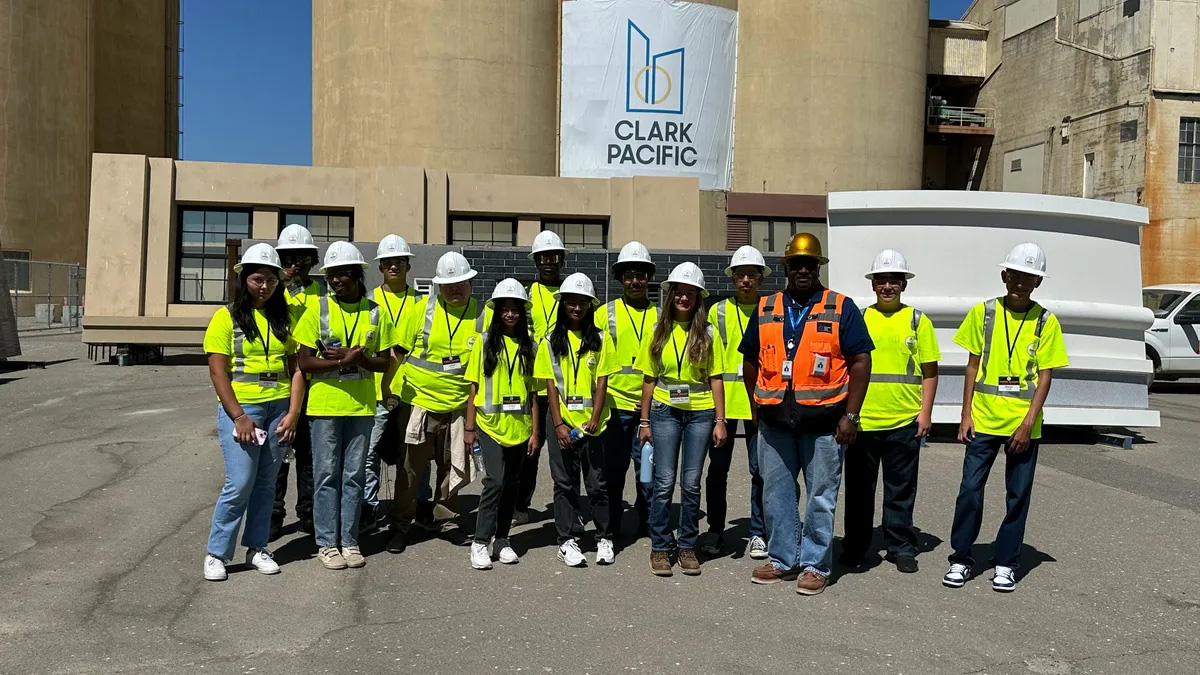Kitchell proudly announces the appointment of Geoff Bachanas as the new President of Kitchell CEM, one of the four operating companies within the corporation. Bachanas, who began his journey with Kitchell as an intern in 2001, brings over 20 years of leadership across diverse markets and expertise in every stage of capital improvement planning and execution.
“As the construction industry continues to evolve with increasing demands for innovation and efficiency, having a leader like Geoff who understands the intricacies of every phase of capital improvement is invaluable,” said Wendy Cohen, CEO of Kitchell. “Geoff has consistently demonstrated an ability to navigate the complexities of major capital program delivery, drive collaboration across teams, and maintain a client-focused approach. His strategic vision and commitment to embracing new methodologies ensure that CEM is well-positioned to be an innovator within the industry. I’m confident that Geoff will lead us in delivering even greater value and success for our clients.”
Kitchell CEM is consistently ranked among the top construction management and program management firms in the U.S. by Engineering News-Record. The company has more than 340 employees spanning California, Arizona, Utah, Idaho, Texas and New York.
Bachanas’s tenure at Kitchell has been instrumental to the company’s growth. Throughout his career, he has led high-performing teams, fostered strong client relationships, and successfully delivered complex programs and projects across key market sectors, including education, healthcare, civic and justice.
Over the last year, Bachanas has led Kitchell CEM’s operations company-wide, most recently as Vice President of Operations. His contributions to the Southern California region have been transformative. He has directly overseen projects exceeding $5 billion while holding positions such as Project Manager, Program Manager, Operations Manager and Southern California Regional Executive. His ability to lead with a strategic vision and foster collaborative, high-performance teams has earned him respect across the industry and within Kitchell.
In his new role as President, Geoff Bachanas will lead Kitchell CEM in advancing innovative solutions for complex capital improvement projects, while cultivating a vibrant and supportive work culture for all team members.

 Hard Hat Scholars pose for a photo at the Clark Pacific Concrete Plant in Sacramento, California. There, the attendees of Kitchell’s camp gained insights into unique structures, including the Apple Park Office Building.
Hard Hat Scholars pose for a photo at the Clark Pacific Concrete Plant in Sacramento, California. There, the attendees of Kitchell’s camp gained insights into unique structures, including the Apple Park Office Building.